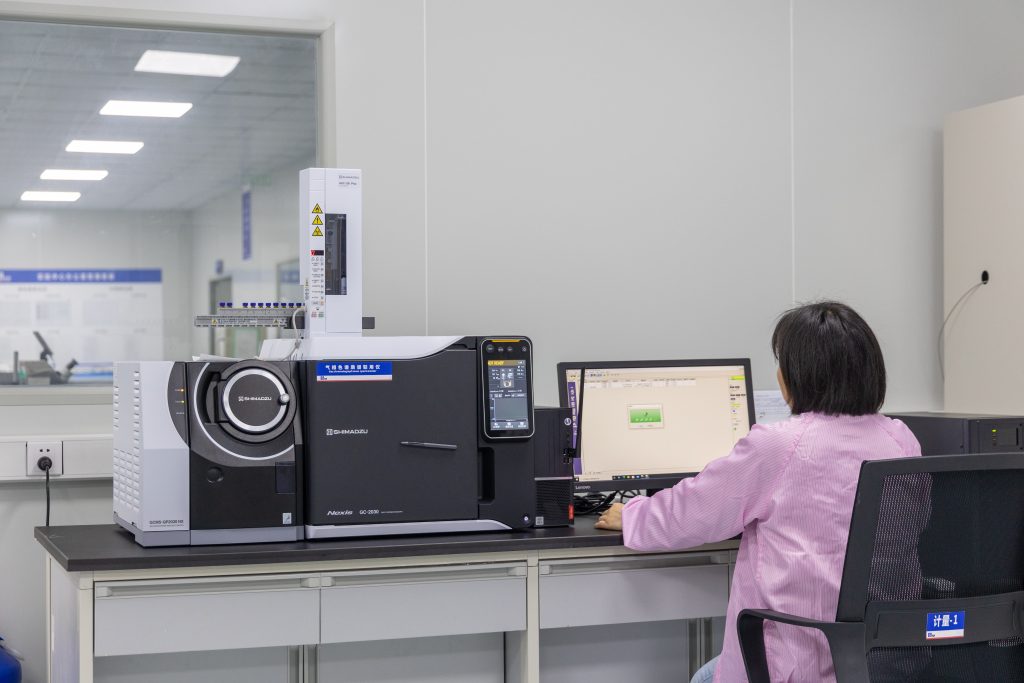Relay field testing is an essential process in the commissioning, maintenance, and troubleshooting of electrical protection systems in power networks. It ensures that protective relays function correctly and respond accurately to faults in the system, thus safeguarding equipment, minimizing downtime, and enhancing the overall reliability of the power distribution network. This article explores the importance of relay field testing, the procedures involved, and the benefits it brings to the operational integrity of power systems.

Importance of Relay Field Testing Protection relays are the heart of electrical protection schemes in power systems. They detect abnormal conditions such as short circuits, overloads, and faults, and automatically disconnect the affected section of the network to prevent damage to equipment and ensure the safety of personnel. A faulty or improperly calibrated relay can lead to delayed or incorrect responses, which could cause extensive damage to machinery, prolonged power outages, and even safety hazards. Relay field testing plays a crucial role in ensuring that these protective devices perform as intended. Regular testing, especially before commissioning or after maintenance, ensures that the relays are calibrated accurately and will trigger at the correct times when faults occur. It also helps identify any potential problems, such as incorrect wiring, misconfigured settings, or mechanical malfunctions, before they lead to operational failures.